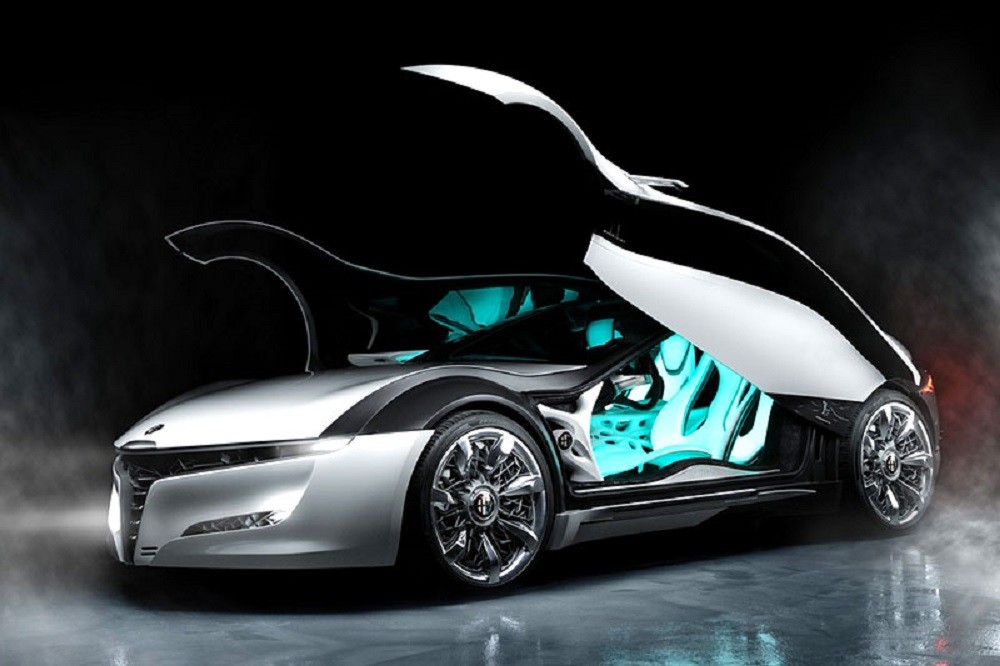Bertone’s 8C Competizione model did a fine job of marking the centenary of Alfa Romeo, but the years that followed were not that successful for the FCA subsidiary.
A couple of days ago we were looking at Alfa Romeo TZ3 Stradale Zagato. Based in Dodge Viper. It intended as a celebration of the centenary of Alfa. But this was not the only car to commemorate the occasion.
Bertone has created Alfa Romeo’s 100th birthday present. But it has gone down a very different path. Notwithstanding the competitor Zagato’s Italian design house. With a back-catalog chock full of Alfa partnerships from the 1950s. The Pandion looked to the future.
The Pandion was first introduced to the public at the 2010 Geneva Motor Show. Taking its identity from the scientific name for the osprey. And even drawing concept influence from birds of prey.
A method called ‘random type creation’ influenced a lot of the designs of the Pandion. With the designers-led by then-Bertone production chief Michael Vernon Robinson-inputting ‘nature algorithms’ into a computer.
From the other end came more randomly-generated, organic constructs than would come up with from a human artist.

The Pandion was awash in fascinating and clever features. From the gloss white latticework that passed along the car’s internal ‘spine’ to the festooning of crisscrossing blades in the rear.
And still, to one specific detail, all that stuff played second fiddle: the doors.
The doors opened at an angle of 90 degrees and extended 3.6 meters in the air. Hinging at the back of the vehicle and extending down the length-front wings and everything. For the typical multi-story. That’s not a motorcycle, in other words.
Under the skin, it was more a Maserati than an Alfa Romeo. Taking as a starting point the 8C Competizione synonymous with Gran Turismo. The wheelbase increased marginally. And it was lower (at least with the doors closed), broader and longer in all.


